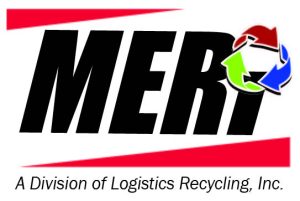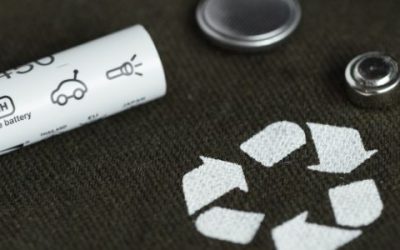The new EPA sewer ban affects you…if you flush hazardous pharmaceuticals down the drain and work at a healthcare facility. In the past, many healthcare facilities got rid of hazardous pharmaceutical waste by simply flushing them down the drain or toilet.
No more, says the EPA. Effective August 21, 2019, the EPA Sewer Ban requires facilities to find an alternative means of disposing RCRA hazardous pharmaceutical waste, such as through a licensed treatment facility like MERI.
If you work for or manage a healthcare facility, here’s what you need to know to get in compliance with the new EPA Sewer Ban.
Sewer Ban Applies to All Healthcare Facilities
The sewer ban is part of a set of new regulations know as EPA 266 Subpart P and is meant to curb environmental harm from sewered pharmaceutical waste. The ban applies to ALL healthcare facilities, including retail pharmacies, hospitals, dentists, veterinarian clinics and more. In all, this new law could affect more than 1.3 million healthcare facilities. Even Very Small Quantity Generators (VSQG) and Reverse Distributors must comply with the new regulations. If you’re unsure of whether or not your facility is a “healthcare facility,” please consult with you local regulator. Many are featured on this list.
Failure to abide can result in potential penalties, so it’s best that all healthcare facilities familiarize themselves with the sewer ban and create a compliance plan in advance. Here’s how:
Create or Obtain a Formulary Review List
To comply with the new law, healthcare facilities must be aware of what hazardous waste they have on site. Obtaining or creating a list that details the type and amount of waste is a good place to start. Larger medical facilities may have a designated pharmacist with whom they can consult for a formulary list. For those facilities that don’t, we recommend consulting with whomever provides your pharmaceuticals.
DEA Controlled + Hazardous Waste
Some pharmaceutical wastes are thought to be both DEA controlled and EPA hazardous. Previously, some of these substances have been exempt from strict RCRA hazardous waste standards. The new sewer ban does not recognize these exceptions. Under the new law, the RCRA hazardous wastes that are also DEA Controlled Substances are ALWAYS CONSIDERED HAZARDOUS. You can not flush them.
Instead, they must be managed in compliance with DEA regulations. For many MERI healthcare customers, this means that the material will have to be made non-recoverable following the DEA’s recommendations (i.e. witnessed destruction in a Cactus Sink or RX destroyer by a DEA registrant) before we can come and collect it for hazardous disposal.
The chart below notes the five hazardous pharmaceutical wastes that are also DEA Controlled Substances:
| NAME OF DRUG | ALSO GOES BY THE NAME(S) | MEDICAL USES | RCRA HAZARDOUS WASTE CODE | DEA CS SCHEDULE |
|---|---|---|---|---|
| Chloral/ Chloral hydrate | Acetaldehyde, trichloro; Aquachloral Noctec, Somnote, Supprettes | Sedative | U034 Toxic | IV |
| Fentanyl sublingual spray | Subsys | Analgesic | D001 ignitable | II |
| Phenobarbital | Bellergal-S Donnatal Luminal | Anticonvulsant | D001 ignitable | IV |
| Testosterone gels/solutions | Androgel Axiron Fortesta, Testim | Hormone | D001 ignitable | III |
| Valium injectable/gel | Diazepam, Diastat | Anti-Anxiety | D001 Ignitable | IV |
No Need to Triple Rinse Hazardous Containers
The new EPA laws around RCRA empty containers will mean that residues in it from acute and non-acute hazardous pharmaceuticals will no longer be regulated as hazardous waste.
What’s this change mean for you? One is that healthcare facilities will no longer need to triple rinse containers that have acute hazardous waste pharmaceuticals in them. If your healthcare facility currently does this, that practice may change in the future. Double check to see what you will be doing going forward. Many healthcare facilities will likely have their staff throw the whole container in a designated hazardous waste bin.
Plan for August 21, 2019 EPA Sewer Ban
August 21, 2019 will be here before you know it! Make sure your healthcare facility is ready to comply with the EPA’s new sewer ban to avoid potential penalties down the road. One way you may want to communicate this reminder is placing a poster by drains where pharmaceuticals were previously dumped and noting where they should now go for proper disposal.
In the meantime, we’ll continue to publish more blog posts concerning other aspects 266 Subpart P to keep you up to date. As always, if you have any questions, please reach out to us at info@meriinc.com.



